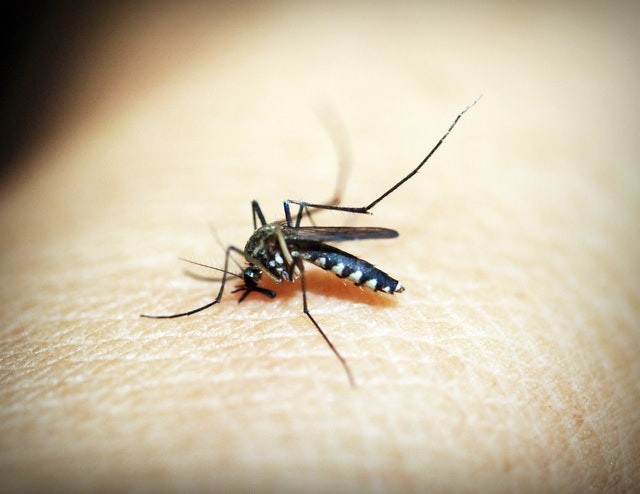A gadget created by the University of Florida for the American military offers long-lasting mosquito protection without needing heat, electricity, or skin contact.

Making the Device
According to Science Direct, Dr. Christopher Batich of the Herbert Wertheim College of Engineering at the University of Florida, with funding from the Department of Defense Deployed Warfighter Protection program, created the controlled-release passive device.
Dr. Daniel Kline, Dr. Jerry Hogsette, and Adam Bowman from the USDA's Center for Medical, Agricultural, and Veterinary Entomology recently tested it successfully in a four-week semi-field trial at the U.S. Department of Agriculture in Gainesville.
The results demonstrated that the controlled release of the repellent transfluthrin successfully kept various mosquito species out of the testing area. An organic insecticide called transfluthrin is considered harmless for people and animals.
According to Rajagopal in Science Daily, "Our technology eliminates the need for topical repellent application and for pesticides sprayed across an open area, which might contaminate nearby plants or bodies of water and have a detrimental effect on beneficial pollinators like bees and butterflies."
This is adaptable, portable, and simple to use, and the solution doesn't need heat or energy to work.
Mosquito Repellant

Mosquitoes may spread dangerous infections and viruses like West Nile, Zika, dengue, and malaria, so they are more than just a bothersome distraction for military troops. The DOD is constantly looking for new ways to shield soldiers against mosquito bites when they are out in the field, according to CDC.
Testing the Device
A tube-shaped piece of polypropylene plastic measuring 2.5 centimeters in length, along with two smaller tubes and a cotton ball carrying the repellent, make up the controlled release passive device.
The team used a fishing line to affix 70 devices to the opening of a sizable military tent while leaving nothing attached to a control tent. According to Rajagopal, nearly all of the caged mosquitoes released at various locations along the tent's exterior within 24 hours were either killed or repelled.
According to him, the team's prototype provided an area free from mosquitoes for four weeks during the field test, but the final product, which will be made via 3D printing, may protect for up to three months.
Because you don't have to do anything to activate our technology, we call it passive, the man explained.
Potential Uses
To eventually commercialize the technology for the civilian market, Rajagopal stated that they are applying for a patent and that the government is interested in future research. According to USDA experts, those who prefer outdoor activities can utilize them more.
Kline stated that additional active components would be examined to maximize the potential of transfluthrin.
It goes beyond mosquitoes, according to Rajagopal. We want to demonstrate that it will be effective against other insects, especially ticks, which are dangerous because they may spread Lyme disease.
Related Article : Scientists to Use Geoengineering to Lower Global Temperatures and Combat Malaria Spread
For similar news, don't forget to follow Nature World News!
© 2025 NatureWorldNews.com All rights reserved. Do not reproduce without permission.





